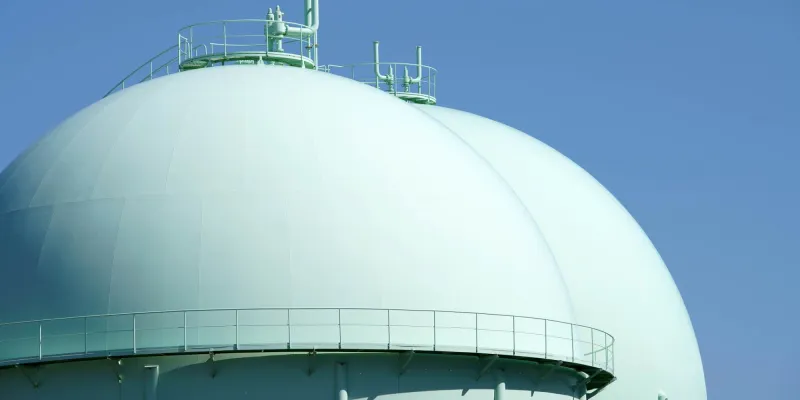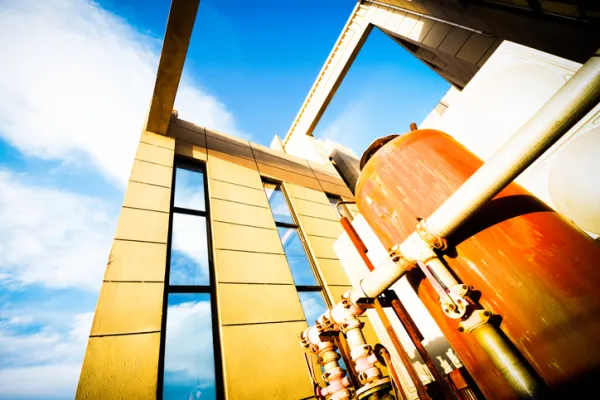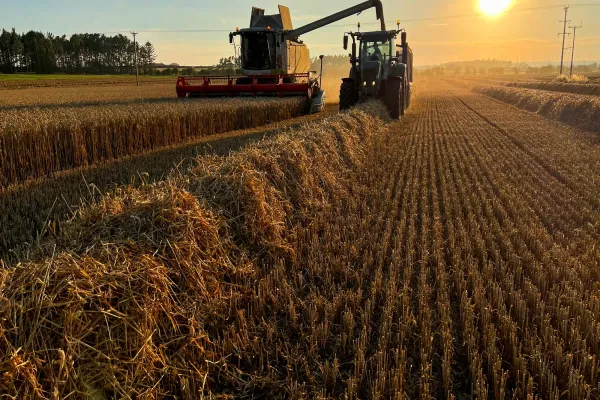Bob Iaccino, for CME Group
At a Glance:
- Several seasonal trends are influencing natural gas prices this summer season
- Henry Hub Natural Gas futures and options at CME Group rose to record levels in the early summer months
Increased Use for Electricity Generation
A significant driver of summer demand is the increased use of natural gas for electricity generation. As the world moves towards cleaner energy sources, natural gas is often seen as a bridge fuel due to its lower carbon emissions than coal and oil. For example, natural gas-fired power plants in the United States now account for a substantial portion of electricity generation. During the summer, when air conditioning use skyrockets, the demand for electricity and natural gas rises sharply.
Shift Towards Renewable Energy
The global shift towards renewable energy sources such as wind, solar, and hydropower influences natural gas markets. While natural gas is often viewed as a cleaner alternative to coal, its role in the energy mix is evolving. In some regions, natural gas complements intermittent renewable sources, leading to more consistent demand throughout the year.
Environmental and Regulatory Considerations
Environmental policies and regulations are increasingly shaping the natural gas market. For example, policies aimed at reducing methane emissions can affect production practices and costs. Additionally, regulations promoting energy efficiency and electrification can influence natural gas consumption patterns in residential and industrial sectors. These policies can have a direct impact on natural gas demand and supply.
Supply-Side Dynamics
Growth of Liquefied Natural Gas (LNG) Exports
Another factor contributing to year-round demand is the growth of liquefied natural gas (LNG) exports. The global appetite for cleaner energy solutions has led to a surge in LNG trade, with countries like the U.S. and Australia becoming significant exporters. This international demand does not adhere to the traditional seasonal patterns observed in domestic markets. For instance, Asian and European countries may have different peak demand periods due to their distinct seasonal and economic cycles. This international dimension adds a layer of complexity and contributes to the changing seasonality of natural gas.
In fact, traders and investors from around the globe are increasingly managing their exposure to Henry Hub natural gas in the U.S. due in part to LNG exports. In 2024, over 120K Henry Hub futures were traded daily by non-U.S. firms through the first half of June.
“The U.S. has a lot of supply of natural gas, but the world needs natural gas, and they’re turning to the U.S.,” Jeff White, Executive Director of Energy Products at CME Group told me in a recent conversation (watch above). “So everyone now has basis risk to U.S. natural gas, and they’re turning to CME’s Henry Hub futures and options to hedge that risk.”
Advancements in Extraction Technologies
Technological advancements in hydraulic fracturing (fracking) and horizontal drilling have revolutionized the natural gas industry. These technologies have unlocked vast shale gas reserves, particularly in North America, increasing production levels. The ability to ramp up production quickly has somewhat decoupled natural gas supply from traditional seasonal constraints. Producers can now respond more swiftly to changes in demand, whether in winter or summer.
Storage and Inventory Management
Storage levels and inventory management are critical components of the natural gas supply chain. Traditionally, gas is injected into storage during the summer months in preparation for the high demand in winter. However, with the rise of year-round demand drivers, the patterns of storage and withdrawals are becoming more fluid. This flexibility in managing inventories helps to stabilize supply and mitigate extreme price volatility, regardless of the season.
Geopolitical Factors
Geopolitical developments can have significant impacts on natural gas markets. Conflicts, trade policies and international agreements influence both supply and demand dynamics. For example, the Russia-Ukraine conflict has major implications for European natural gas supply, given Europe's reliance on Russian gas. Such geopolitical factors can create volatility and influence prices independently of traditional seasonal patterns.
Rising Market Participation
Traders and investors use futures contracts, options, and other derivatives to hedge against price risks or to speculate on market movements. Reflecting the potential for year-round volatility, CME Group Henry Hub Natural Gas futures reached a record average daily trading volume (ADV) for May of 578,682 contracts. Henry Hub Natural Gas options ADV reached a record for May as well, and trading was up 80% year-over-year through early June.
Market participants are managing risk as the natural gas market is transforming, with seasonality patterns becoming less predictable and more influenced by year-round factors. Traditional strategies that rely on winter-centric demand spikes may no longer be sufficient. Instead, a more nuanced understanding of the diverse factors driving natural gas markets is essential. This evolving landscape presents both challenges and opportunities. By staying informed and agile, stakeholders can navigate the complexities of the natural gas market and capitalize on emerging trends.






